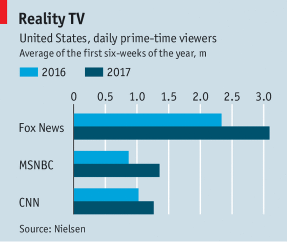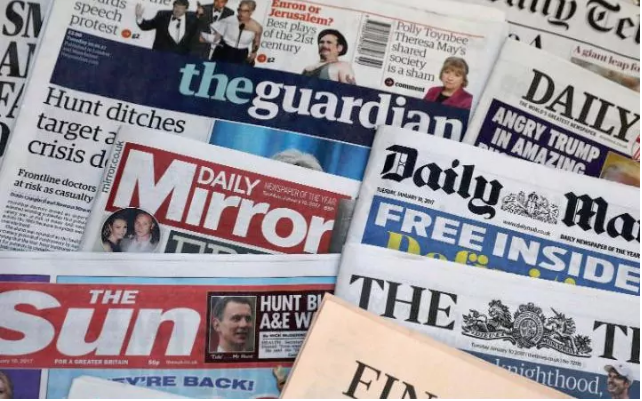MEST3 Section A exam prep
q1.)
Trailers for product 1 and product 2 both present enigma codes in their presentation by demonstrating narrative techniques. To begin with, dialogues and questions such as "What?" from the protagonist, as well as "... unexplained disappearances" conjure curiosity that surrounds the plot of this new addition to the film's franchise. As a result, the co-existing audience who are familiar with the film's previous franchises are left excited and encouraged to see the actual film in cinemas. The use of parallel music also mimics a very exciting sort of "hype" created. The sound gain is synonymous with tension, given as tension and pace increases, so does the sound gain. The end result is a very epic trailer being created, which is suitable for its genre in respect as a fantasy/drama/action.
Product 2 portrays a similar convention to some extents. Product 2 uses dialogues as well, such as "Are you a vampire?" that straight away introduces the audience with it's horror/drama genre and the excitement in vampire folklore. Additional dialogues that are more ambiguous include "Will you be my girlfriend?" paired with "Will you like me anyway?" that occupies the audience with questions and excitement as a result. Given that those questions are also never really answered in the trailer, it encourages the audience to watch the film in cinemas for themselves to find out. As a result there is a demonstration of Todorov's narrative theory of equilibrium, resolution, disruption (as with Drama films), and new equilibrium.
q2.)
Outsiders are perhaps perceived to present some interesting merits or qualities about them, for example vampire folklore has essentially co-existed with a large fanbase of people, so to make a film about it would attract a lot of attention regardless. As suggested by Gillian Dyer's lines of appeal, it perhaps fits into the 'art, culture and history', as well as 'dreams and fantasy'. It perhaps also demonstrates a uses and gratifications (Blumler and Katz) as audiences are able to relate to certain ethnic groups or any convention for that matter. An example includes "Gone Too Far" by Destiny Ekaragha, where the film fuses comedy with Nigerian culture. The film also incorporates a very "touching" and "relatable" dialogue using London slang, and as a result attracts a connection between presumably the youth of London that understand and relate with the "language" being presented. As for humour, it is a demonstration of Alvarado's 'humorous' group that presents Iku by conveying him and his foreign ethnicity to stereotypically be linked with humour as they desperately tries to fit into the Western society. As a result, there is a very "attractive" sort of humour aspect of what would happen if a foreigner were to be exposed to the Western society.
An additional example also includes Ben Drew "Plan B"'s Ill Manors. Ill Manors' story revolves around a marginalized group who are victim to poverty and in "the hood"/ghetto. This may be particularly interesting to outside viewers as they're typically led by a hegemonic view that London being one of the most iconic cities in the world would reflect to high social classes and wealth, but obviously with Ill Manors' depiction the case is quite opposite. As a result of watching the movie and acknowledging the issue, viewers might even have their opinions changed on London teenagers. Typically, we're being "injected" with a hypodermic needle into assuming all teenagers are associated with gang violence, anti-social behaviour, and just negative things in general. Perhaps with interest and compassion the viewer looks at the issue from another angle and gives a mature judgement on it. For example, we learn about Aaron and Ed's struggle with the environment that they live in, and the reasons for the things that they do. There is a challenged view of the youth of London as a result.
q3.)
Official and unofficial websites perhaps do contribute to a film's success, however it is probably minimal and not significant enough to be acknowledged as something that has accounted for more than half of a film's success. However, social media, specifically social networks such as Twitter and Facebook do have a significant impact. Ill Manors for example had the twitter hashtag #ILLMANORS which created a synergy of references throughout Twitter. Specially, Twitter has the 're-tweet' feature that contributed to the film's awareness and success, therefore meaning it is in some sense a product of a user-generated content as any user is able to support the film. Other influences that account for films are unofficial websites such as Rotten Tomatoes and IMDb. The system in which the two websites run give a rating, film description, and reviews from several different critics/companies, therefore influencing on whether the movie was good or bad. However, it may confuse judgement of a film in the sense that critics give a rating of the movie based on objective things such as narrative, plot, things that essentially make a film. But an audience on the other hand may just like a film subjectively because of the way it is or appeals to them on a personal level, because they can relate to it, such as Ill Manors and Gone Too Far.




